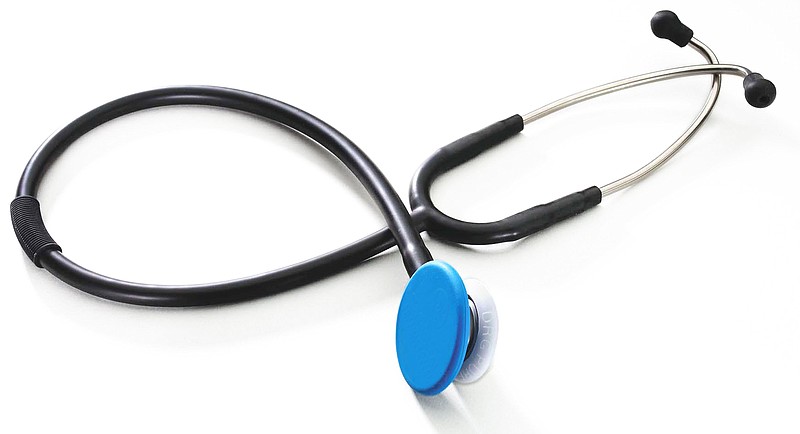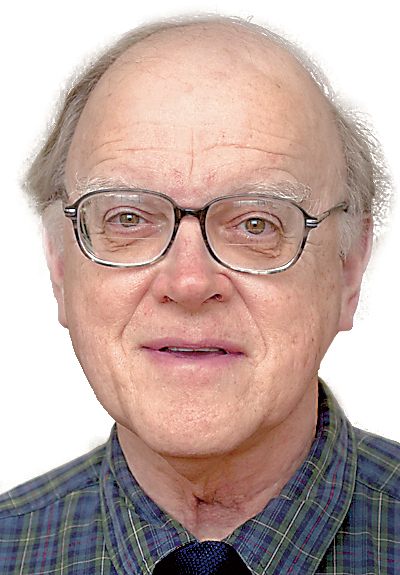France provides universal health care to its population of 65 million. In 2014, 11.5 percent of the country's gross domestic product supported health care, compared to 17.1 percent for the U.S. French health care is a blend of public and private components. Seventy-six percent of costs are publicly derived. In 2000, the World Health Organization ranked French health care as the best in the world.
Life expectancy at birth (86 years for females, 79.5 for males), life expectancy at age 65 years (24 years for women, 19.7 for men) and infant mortality (3.5 per 100,000 live births) exceed figures for the U.S.
Since 2000, health insurance has been mandatory for all residents, including illegal immigrants who have applied for residency.
Health-care coverage is obtained through noncompeting Statutory Health Insurance funds (SHI). All residents are automatically enrolled in an SHI, which is based on their occupation. SHIs cover employees and self-employed individuals and their families. Students, retirees and unemployed adults and their families are covered as well.
A large majority of the population obtain private complementary health insurance (CHI) which covers co-payments and such services as supplemental dental and eye services, which are limited in SHIs. Most CHI is offered as a job benefit through nonprofit, mutual associations. Employers pay half the cost. CHI plans cover 15 percent of the nation's health-care costs. The state provides free dental and eye care and CDI for unemployed and poor people. In 2014, out-of-pocket health costs accounted for 8.8 percent of total health-care expenditures.
Health care is funded by employer-employee payroll taxes, an earmarked portion of income taxes, taxes on alcohol, tobacco, pharmaceuticals and CHIs, and transfers from other public funds. The system endured recent deficits during an economic downturn in which unemployment exceeded 10 percent.
Physicians in private practice provide the majority of outpatient care. Registration with a "gatekeeper" general practitioner is encouraged. That physician will coordinate care and make referrals to specialists as needed. If a patient self-refers to a specialist, he will pay a higher fee for that consultation. A patient pays his physician at the point of service. His SHI reimburses him for most of the charge.
Two-thirds of hospitals are publicly owned; a fourth are private nonprofit. Charges for procedures, prescription drugs and medical devices are set through negotiations that involve state and SHI committees.
SHIs cover mental health care provided by general practitioners, psychiatrists, clinics and private psychiatric hospitals. No co-payments are assessed for long-term illness.
Thirty-two conditions, such as chronic obstructive pulmonary disease, myocardial infarction and malignancies, are exempt from co-payments. For example, comprehensive treatment of a woman with colon cancer would be covered with no additional payment.
Pregnancy is another example of comprehensive coverage of all expenses. Prenatal visits, periodic fetal ultrasound, hospital delivery and 12 home visits by a midwife are included, along with outpatient physical therapy. The mother's salary is paid during 16 weeks of maternity leave. Her partner is paid for 11 days of leave.
Costs of long-term care are split. SHIs cover medical expenses, while housing costs are the responsibility of patients and their families. Hospice care is fully funded.
Typical co-payments in U.S. dollars: physician visit $1.20, prescription drug 60 cents, inpatient hospital day $22, ambulance transport $2.40.
Similar to the U.S., France faces a problem in enticing physicians to open practices in impoverished or less attractive regions of the country. France also must deal with an aging physician workforce.
Faced with rising costs, France has established central purchasing for medications, while dropping ineffective or outdated drugs from formularies. Clinical laboratory charges are regulated. Low-value therapies are not reimbursed. Preventive care and public health are emphasized. For example, drug treatment of hepatitis C is covered without co-payment.
Could a French-style health-care program work in the U.S.? The blend of private and public funding and administration is appealing. Costs of care would have to be brought under control - pharmaceuticals, imaging and emergency services - for any alternative system to succeed. As a culture, we would have to agree to a social contract wherein health care is considered a fundamental right of all citizens and to the requirement that health insurance is mandatory for all residents. That would be a stretch.
Contact Clif Cleaveland at ccleaveland@timesfreepress.com.

